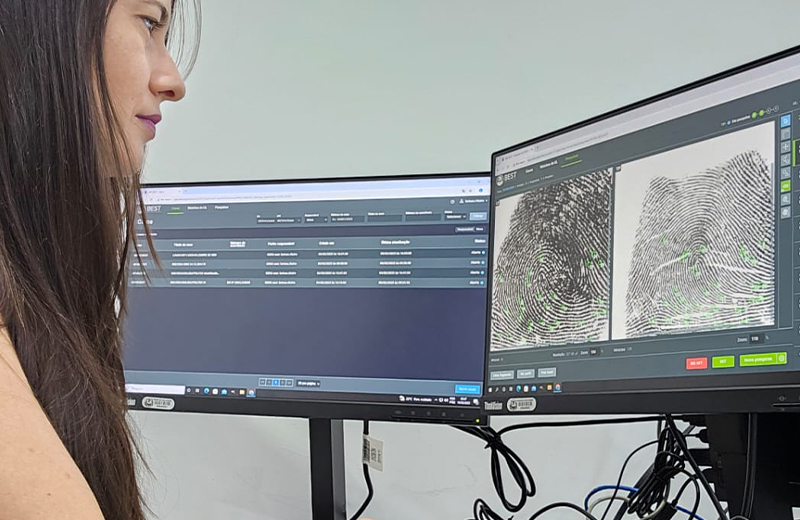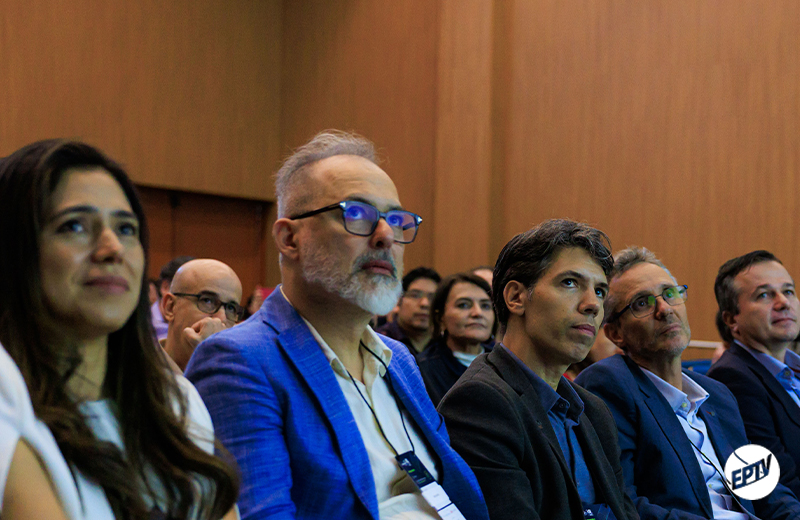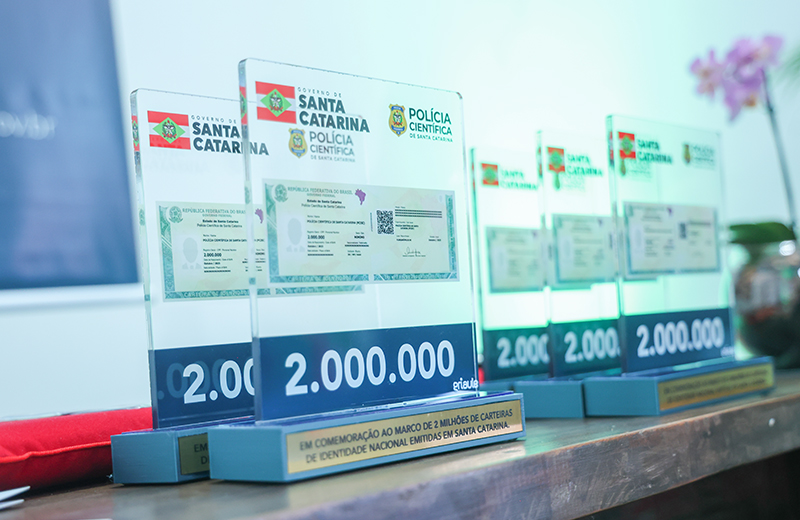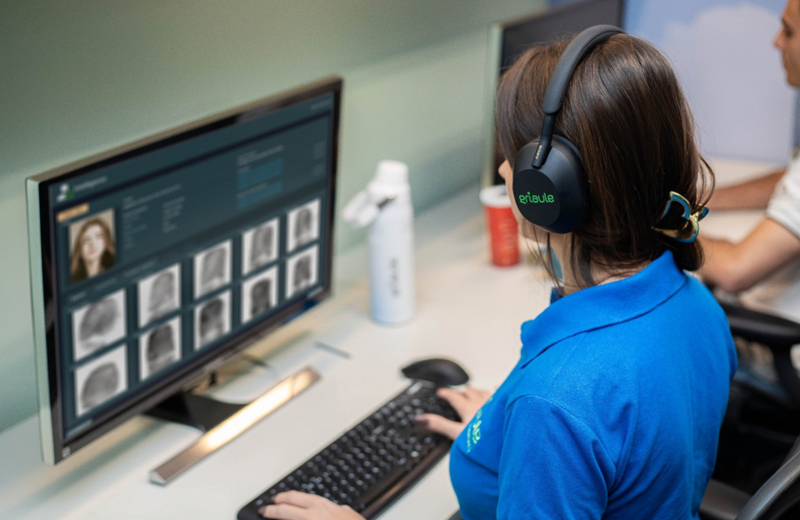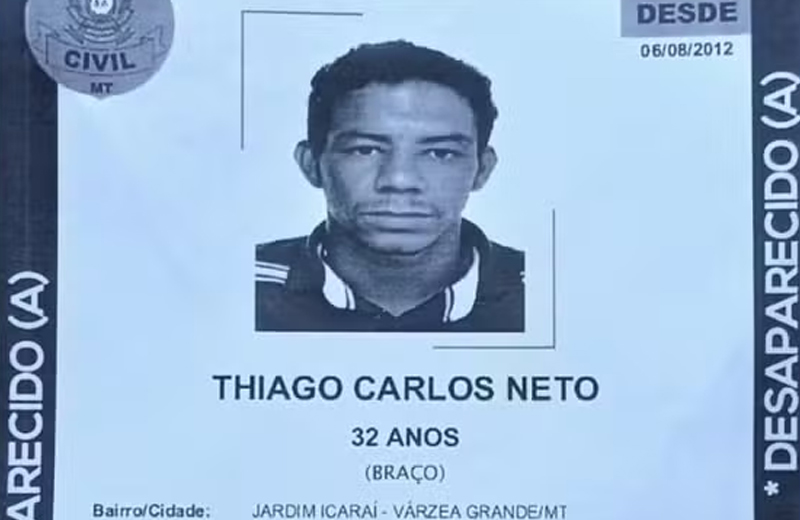A body that had been missing for 40 days was found in a state of advanced decomposition in the municipality of Morro do Chapéu, in Bahia. Due to its deterioration, the identification process could have been dubious, but a recognition program used even by the FBI, the main US police agency, made it possible.
This is software developed by Griaule, a Brazilian company that produces cutting-edge technology for fingerprint, face, iris and voice recognition. Today, it has Brazilian clients such as the TSE (Superior Electoral Court), technical police stations in various states, hospitals and banks.
"Last year, we signed a contract with the Pentagon, the US Department of Defense, to supply an identification system in Afghanistan and Iraq. This is one of the largest biometric identification contracts in the world," said João Weber, Griaule's business director.
Identification of the corpse
In this most recent case, due to the state of putrefaction in the skeletonized stage, the expert in charge of the investigation, Wênniton Menezes de Souza, had to dissect the skin covering the individual's fingers and then rehydrate it so that the "dermal papillae" could regenerate. This method is called necropapiloscopic examination.
"Right now, the Griaule Forensic tool is very important. It solidifies the work of the identification specialist," explained the expert. With the necropsychological examinations and the help of the program, the body was identified
- and, according to the family, the man had been missing for 40 days.
"The great difficulty in these cases is that the police find a very damaged fingerprint at the scene of the
crime. So, after the forensic techniques have been used, the software makes it possible to apply various treatments
to the image of the fragment, such as filters and other tools," explained Weber.
Once all the material has been processed and improved, the program allows for the identification of prints based on the database for a given region and state. In this case, information from the Pedro de Mello Identification Institute (IIPM) in Bahia was used.
In another situation, the TSE database was used to discover the identity of two corpses that had not been recognized. "Now, from the voter register, you can solve crimes. It's a very good result for society," he said.
From stolen babies to electoral fraud
In addition to criminal identification, this technology can be used in a number of other ways, such as hospitals, elections and banks, to prevent fraud and other scams, such as baby swapping and theft.
In hospitals, newborn babies' palms are registered, as their fingers are still very small and store little biometric information. While still in the delivery room, their 'palm ID' is placed alongside the mother's ID so that there is no conflict.
This excerpt is part of the full content published by the UOL website on November 20, 2019, available at this link.

